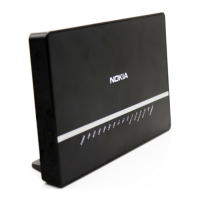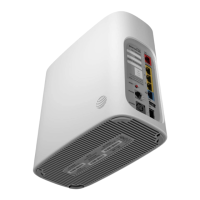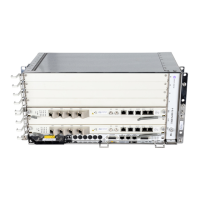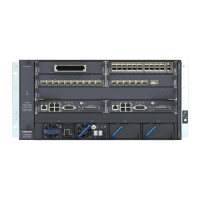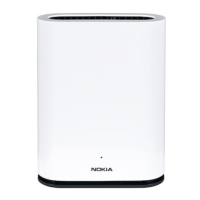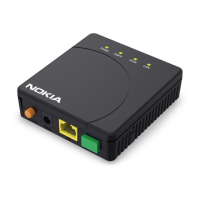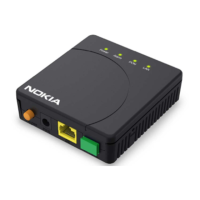FD 100/320Gbps NT and FX NT IHub Services Guide Virtual Private LAN Service
Issue: 13 3HH-11985-AAAA-TQZZA 169
5.3.3 VPLS
5.3.3.1 VPLS usage
Virtual Private LAN Service (VPLS) as described in Internet Draft
draft-ietf-ppvpn-vpls-ldp-01.txt, is a class of virtual private network service that allows
the connection of multiple sites in a single bridged domain over a provider-managed
IP/MPLS network. The customer sites in a VPLS instance appear to be on the same
LAN, regardless of their location. VPLS uses an Ethernet interface on the
customer-facing (access) side which simplifies the LAN/WAN boundary and allows
for rapid and flexible service provisioning.
VPLS offers a balance between point-to-point Frame Relay service and outsourced
routed services (VPRN). VPLS enables each customer to maintain control of their
own routing strategies. All customer routers in the VPLS service are part of the same
subnet (LAN) which simplifies the IP addressing plan, especially when compared to
a mesh constructed from many separate point-to- point connections. The VPLS
service management is simplified since the service is not aware of nor participates
in the IP addressing and routing.
A VPLS service provides connectivity between two or more SAPs on one (which is
considered a local service) or more (which is considered a distributed service) ISAM
routers. The connection appears to be a bridged domain to the customer sites so
protocols, including routing protocols, can traverse the VPLS service.
Other VPLS advantages include:
• VPLS is a transparent, protocol-independent service.
• There is no Layer 2 protocol conversion between LAN and WAN technologies.
• There is no need to design, manage, configure, and maintain separate WAN
access equipment, thus, eliminating the need to train personnel on WAN
technologies such as Frame Relay.
The VPLS architecture proposed in draft-ietf-ppvpn-vpls-ldp-0x.txt specifies the use
of provider equipment (PE) that is capable of learning, bridging, and replication on a
per-VPLS basis. The PE routers that participate in the service are connected using
MPLS Label Switched Path (LSP) tunnels in a full-mesh composed of mesh SDPs or
based on an LSP hierarchy (Hierarchical VPLS (H-VPLS)) composed of mesh SDPs
and spoke SDPs.
Multiple VPLS services can be offered over the same set of LSP tunnels. Signaling
specified in draft-martini-l2circuit-encap-mpls-0x.txt is used to negotiate a set of
ingress and egress VC labels on a per-service basis. The VC labels are used by the
PE routers for de-multiplexing traffic arriving from different VPLS services over the
same set of LSP tunnels.

